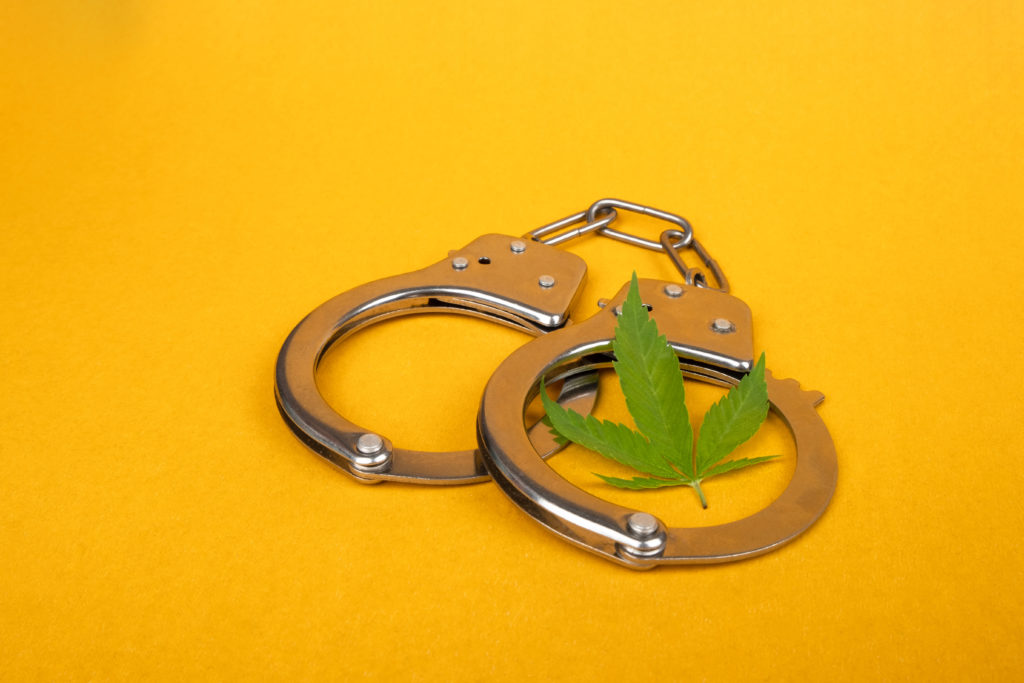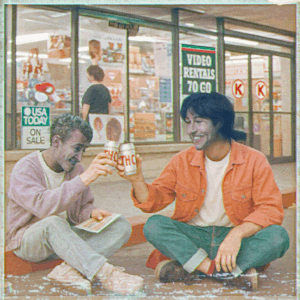In 2025, it’s time to move beyond the outdated gateway drug theory and embrace science-driven approaches to understanding addiction and substance use.
Anyone old enough to recall sitting through D.A.R.E. programming in elementary school will undoubtedly be familiar with the age-old doctrine about marijuana being a gateway to other, more illicit drugs. Officers and teachers nationwide followed the script dogmatically, instilling every child in every classroom with the fear that trying cannabis even once would likely lead to heroin addiction or, worse, a bad LSD trip that would leave you thinking you were a glass of orange juice.
However, as the holdover paranoia from the Reefer Madness era has become smaller in the rearview, actual science and research have thankfully begun to take the place of fear mongering and baseless propaganda, leading many to question the veracity of the claim that marijuana intrinsically compels users to seek out more harmful substances.
Of course, it wasn’t just D.A.R.E. propagating the gateway myth. The initial rollout of the program, which began as a locally-focused LAPD initiative, coincided with the Reagan-era resurgence of the War on Drugs. Not long after, Nancy Reagan’s introduction of the phrase “Just Say No” into the popular vernacular came with plenty of anti-cannabis messaging, including the popular gateway myth.
Ironically, the perception of marijuana as a gateway originally stems from a distorted interpretation of a quote by Dr. Robert L. DuPont, Jr.
In 1984, Dr. DuPont made the claim that if young people avoided using marijuana, it would be unlikely that they would use any other drugs. As a point of distinction, it’s worth noting that this is not the same as claiming that people who use cannabis would be automatically inclined to use other drugs. It may be further mentioning that DuPont, during his time as Gerald Ford’s Drugs Czar, came out in favor of marijuana decriminalization, even if he has since reversed that stance.
Nevertheless, despite the absence of a causal link between cannabis and harder drugs, opponents of the plant ran with the verbiage, and the slogan proliferated throughout the mainstream.
The gateway myth is less about evidence and more about weaponized narrative control built to reinforce prohibition logic.
Armed with little more than a logically fallacious talking point, the message was spread far and wide. Students in elementary and middle schools across the US were indoctrinated with the myth, while adults watching or reading the news were equally inundated with its messaging.
Given the effectiveness of this pervasive disinformation campaign, which first led to prohibition, and which has continued to criminalize cannabis at a federal level, it’s not surprising that very few people questioned the accuracy of the theory.
However, as the decades have passed, and countless lives have been negatively affected by the War on Drugs, people have begun to question the fear-based newspeak, especially with the increased accessibility to information in the digital age.
The Drug Policy Alliance, for example, has conducted research aimed at determining the degree to which the gateway myth holds any accuracy. In their report, titled “Debunking the Gateway Myth,” the group details a number of important points, among the most interesting of which is the fact that both nicotine and alcohol precede marijuana use, even when it comes to people who self-report using illicit drugs. This would seem to suggest that marijuana is arguably a destination rather than a point of entry to any further substance use.
The report goes on to mention that among individuals who try marijuana, less than 10 percent end up becoming dependent, a striking contrast from the 32 percent of tobacco users and 15 percent of alcohol users who become dependent.
Individuals who are still skeptical of letting go of the archaic myth need only look to Holland, where the half century since the legalization of cannabis has actually led to a decrease in consumption among the nation’s youth.
When it comes to whether the increased prevalence of cannabis has led to an increase in illicit drugs, the data shows that “the Dutch use of the other illicits is somewhat lower than predicted, and the US is well above the predicted rate.”
Once the thread is pulled, the gateway myth tapestry begins to unravel. The more we learn about cannabis in a scientific context, the more we see that not only is it incorrectly characterized as a gateway to other drugs; evidence is mounting to support the case that the plant can actually be used to achieve a number of health benefits, including—believe it or not—its use as a means of curbing the occurrence of opioid-related woes.
Given the wealth of information so readily available today, it seems absurd that the same unfounded claims that have long painted marijuana as one of society’s biggest ills continue to drive the narrative to this day. However, with the apparent trend of legalization at the state level gaining momentum, it’s possible to envision a day in which the shackles of prohibition will finally fall away, allowing people to come to their own educated conclusions about the plant that has been enjoyed by humans for thousands of years.

***
GreenPharms is more than just a dispensary. We are a family-owned and operated company that cultivates, processes, and sells high-quality cannabis products in Arizona. Whether you are looking for medical or recreational marijuana, we have something for everyone. From flower, edibles, concentrates, and topicals, to accessories, apparel, and education, we offer a wide range of marijuana strains, products and services to suit your needs and preferences. Our friendly and knowledgeable staff are always ready to assist you and answer any questions you may have. Visit our dispensaries in Mesa and Flagstaff, or shop online and get your order delivered to your door. At GreenPharms, we are cultivating a different kind of care.
Follow us on social media





